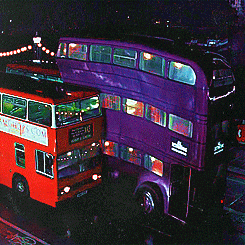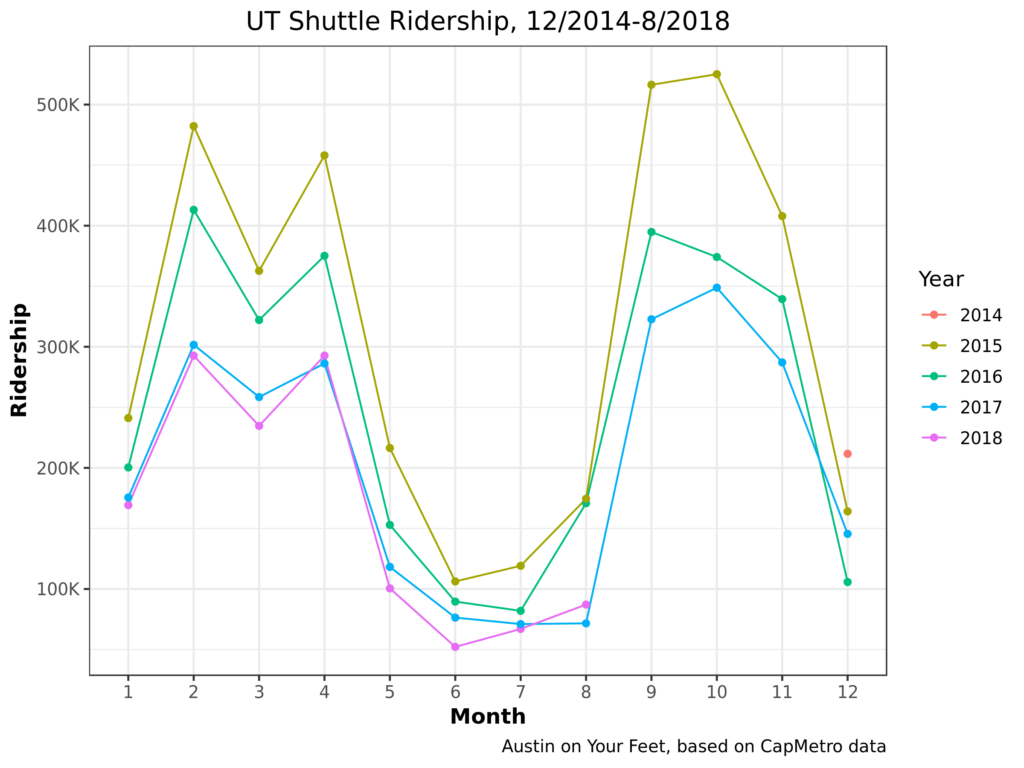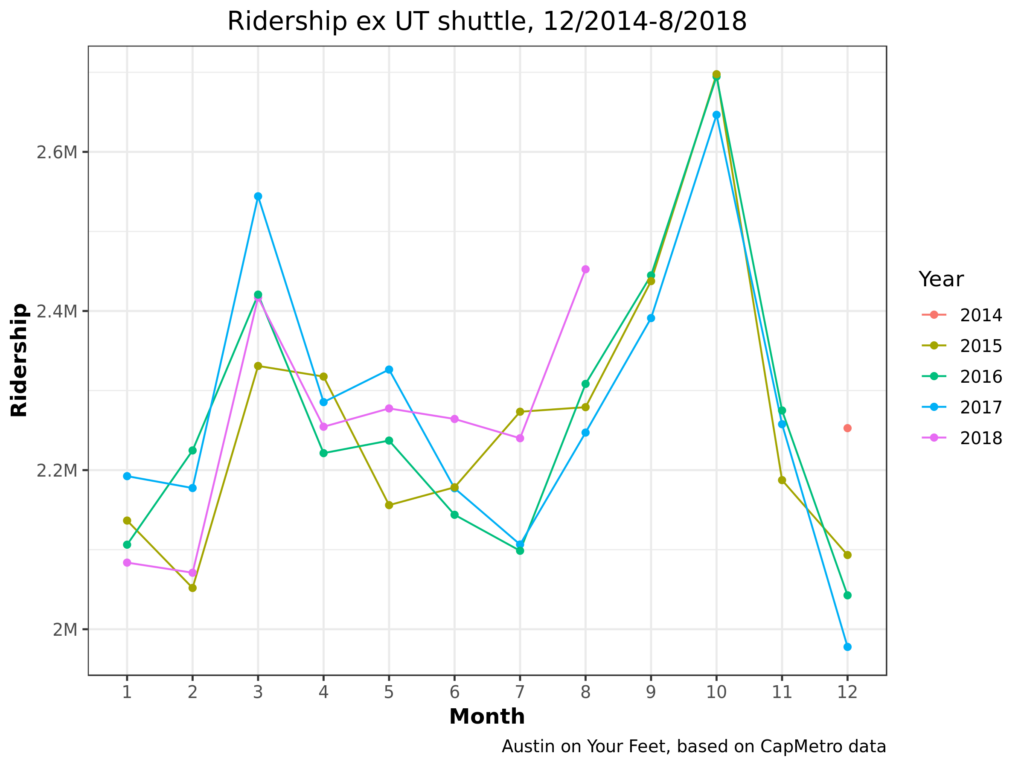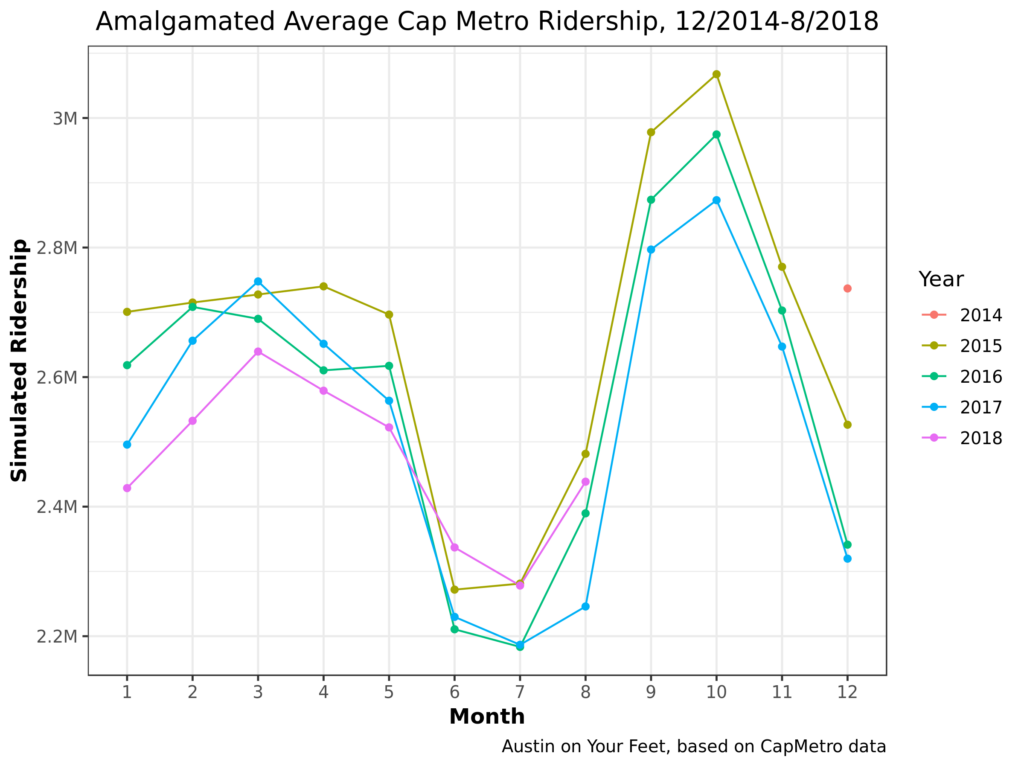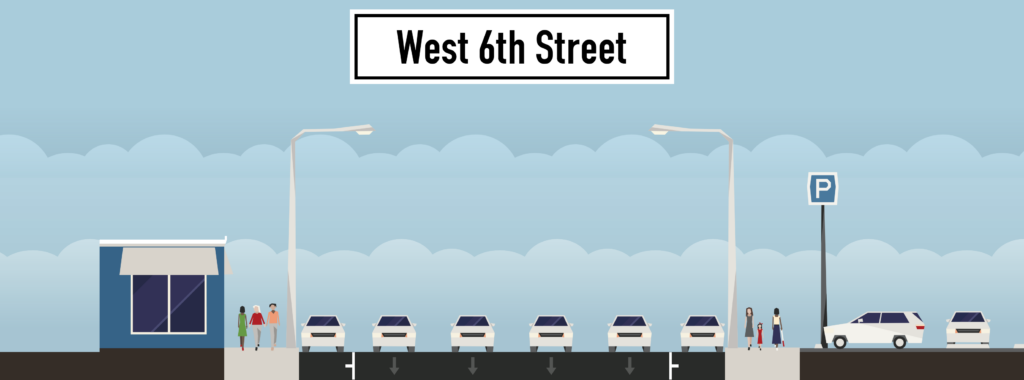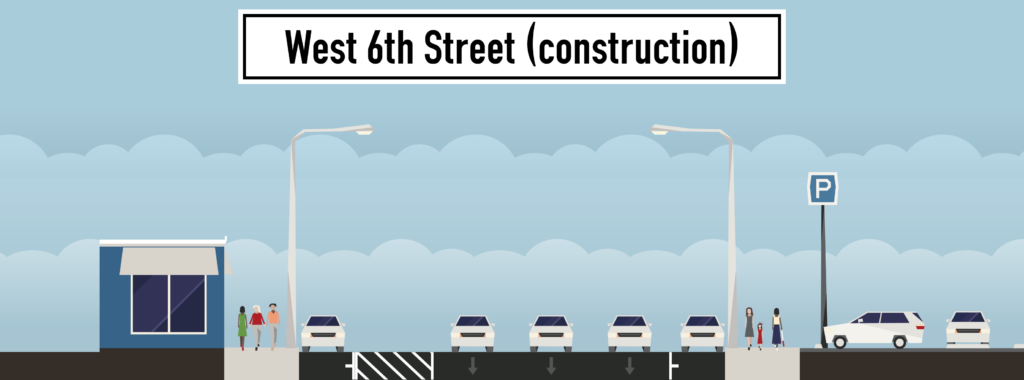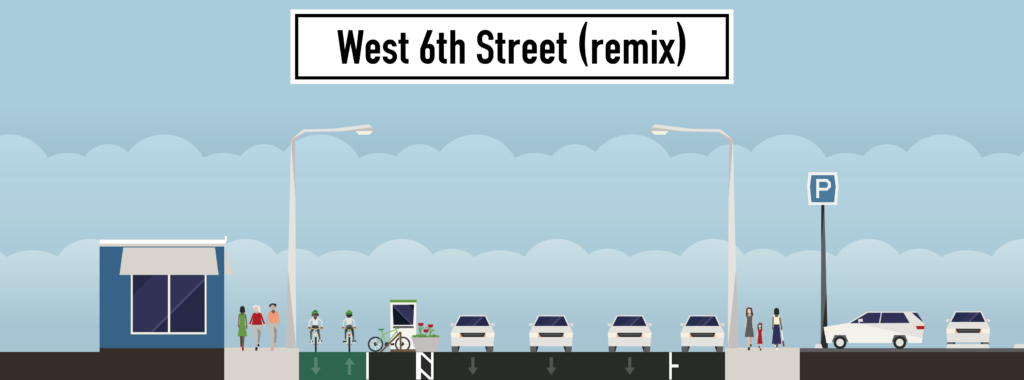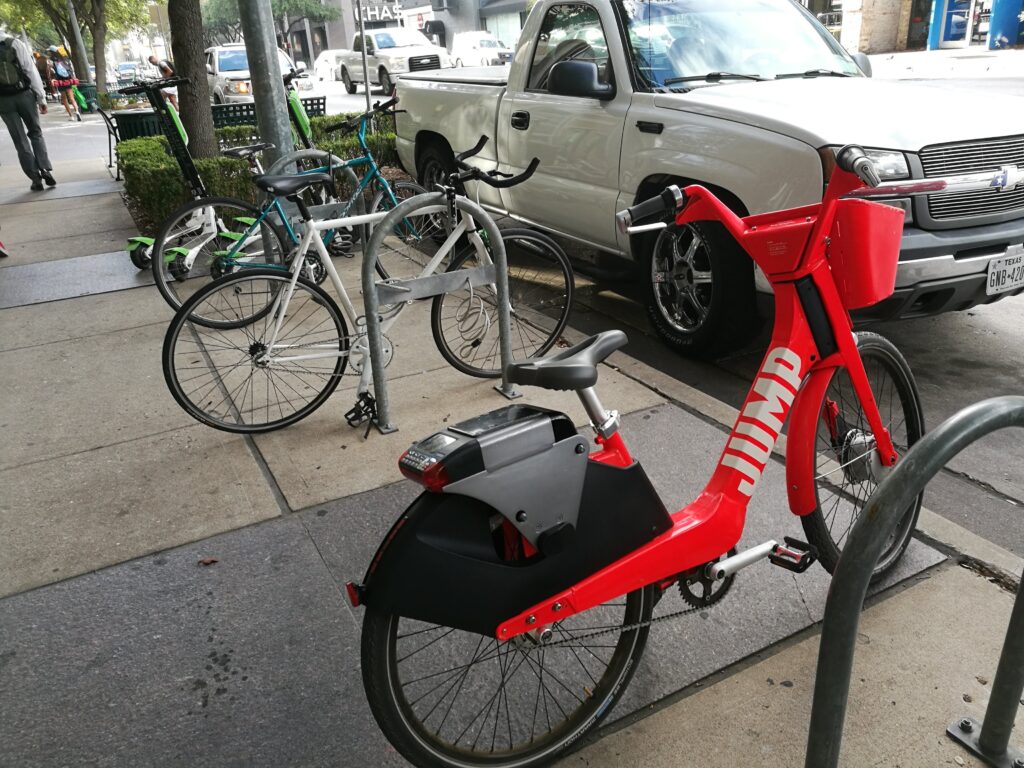I don’t drive. When I arrived in Austin, I learned this was a hard city to get around in without driving but I didn’t know exactly why. This search to understand what makes Austin so hard to get around without a car is what got me all mixed up in this world of blogging and advocacy. I still don’t have all the answers today but I’d like to share some of what I’ve learned on one specific topic: what makes for great public transportation.
Public Transportation Needs to Go to Great Places
Public Transportation needs to go where lots and lots of people need to go
Not every one needs to go to the same place. So the best public transportation doesn’t go absolutely everywhere, but it does go to places many people need to go: places where oodles of people live nearby or oodles of people work or shop or visit or ideally places where oodles of people do all of these things. In different places and social circles, public transportation has a reputation as being only for poor people or only for rich people, but the best public transportation isn’t limited to only poorer areas or richer areas.
The Polar Express winds through large buildings on either side. via GIPHY
Public transportation needs to go to walkable places
Great transit isn’t like taking a taxi. You can’t expect it to carry you straight to the door of where you want to go. This means that when you get to your stop, you have to have a safe, comfortable, accessible way of walking (or using your wheelchair or scooting or biking) the rest of the way to your final destination. Bonus points if there’s easy bike or scooter shares right at the transit stop for you to take the rest of the way. Extra bonus points if you can pay for both with the same fare payment system. Connecting transit to cars by putting parking lots at transit stops or transit stops next to a highway usually makes transit worse not better. Cars take up a lot of room, they’re loud and emit noxious gases and they hurt a lot if they hit you.
Public transportation needs sensible stop spacing
The best stop spacing for a route depends on the rest of the services offered. For example, trains running underground will be better off with larger stop spacing, for the most part, than a bus running in mixed traffic. Walking long distances to a station is more acceptable when the payoff is a fast and reliable ride once you get there!
Public Transportation Needs to Get You There Quickly and Reliably
Straightforward lines
Great public transportation connects great places in logical and straightforward ways. A single bus line could hit every great place in a city but if it takes you hours to wind through the city, that’s not very useful.
Exclusive lanes
Great public transportation doesn’t get caught in traffic. A vehicle filled with 30, 130, or 300 people should never be made to wait behind lines of vehicles with 1 or 2 people in them. That means it needs its own transit-exclusive lanes that individual vehicles can’t use. Transit-priority lanes (e.g. lanes that non-transit vehicles can only use if they’re turning) are better than buses or trains running in normal traffic but still way worse than transit-exclusive lanes.
Grade separation
Getting stuck behind a car isn’t the only way to slow a bus or train down; you can also get stuck waiting for cars to clear an intersection. That’s why the best public transportation runs either below-ground or above-ground. If public transportation vehicles and private cars are both running on the ground, a second-best solution is to give transit vehicles “signal priority” — the ability to turn lights in front of them green before they get to the intersection.
Frequent service
Time waiting for the ride to start is time wasted. Looking at timetables is an annoying hassle. The best service is the one you can just show up for, secure in the knowledge that there’s a vehicle coming for you soon.
Good communication
Having said that, it’s still useful to know when the next vehicle is coming. Signs in the station, apps, and APIs for third-party apps should all have real-time updates on when the next vehicle is coming through.
Fast boarding
Transit shouldn’t take forever to load and unload. One way to speed up boarding is to provide platforms, so that stepping (or even more so, rolling your wheelchair) on to and off of the bus or train can happen quickly. Another way to speed things up is to have people pay while they wait at the stop or station, rather than as they board. This can be done many different ways, like turnstiles that control access to a station or ticket-vending machines providing receipts that randomly get checked. Imagine how much less useful an airport tram would be if every passenger had to board one at a time and pay at the front!
Transit should be safe and comfortable
Clean, well-lit stations or stops with comfortable places to sit and shelter from the elements
This is almost too obvious to mention yet many transit agencies don’t even provide the bare minimum. At the end of a long work day, the last thing anybody wants to do is wait in the rain or the blistering heat or sometimes even stand up longer than they have to.
Comfortable ride
Comfort doesn’t stop once you get on the vehicle. One big difference-maker is how smooth the ride is. Trains generally offer a smoother ride than buses, which depend more on both the quality of the vehicle and the quality of the road. Another difference-maker is engine noise. In this aspect, electric vehicles are better than diesel ones, which again is an advantage more trains have over most buses.
Some bus rides are magical in all the wrong ways.
Public transportation should be cost effective
Almost every aspect described above costs something. Building shelters and platforms is more expensive than putting up bus stop signs. Ticket vending machines cost money to install and operate. Building subways is more expensive than running trains at street level. The art of making good transit is figuring out which of the items are essential for the service you’re running and which can be sacrificed. But there are also some more general principles toward keeping transit cost-effective.
Vehicles should have enough capacity to handle ridership
While there’s no sense deliberately running an overly large vehicle, almost all of the operations costs of running a bus is paying the driver. Running an empty bus costs a similar amount of money whether it’s a large bus or a small bus. Small buses is everybody’s favorite naive solution to saving money on transit, but often the extra operations costs of maintaining more types of vehicles actually makes this more expensive. But costs can really pile up when your vehicles aren’t large enough. Running 30 vehicles an hour with 40 passengers per vehicle is much more expensive than running 10 vehicles per hour with 120 passengers per vehicle. Classically, this has been one of the key tradeoffs of buses vs trains. Trains cost much more to install but their greater capacity per operator can yield lower recurring costs for high-ridership lines.

